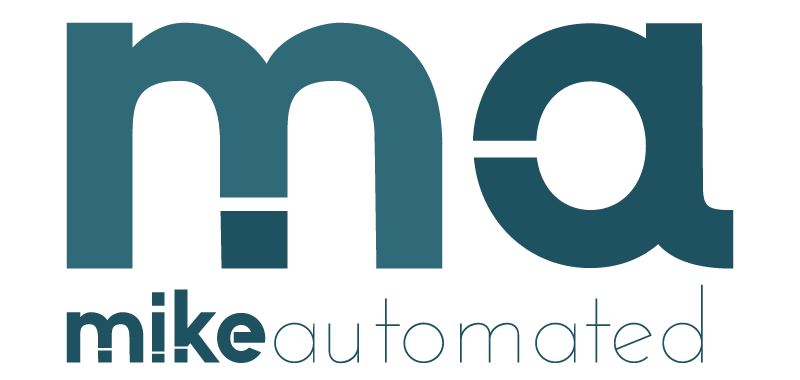TL;DR
- Generative AI is transforming creativity by producing text, images, and more using advanced machine learning models like GPT and DALL-E.
- Businesses are leveraging generative AI for content creation, product design, and personalized customer experiences.
- These tools streamline workflows, boost efficiency, and unlock innovative possibilities across industries.
- Despite advancements, ethical questions around bias, authenticity, and intellectual property remain challenges.
- The future of generative AI promises enhanced integration across sectors like healthcare, marketing, and entertainment.
What Is Generative AI?
Generative AI refers to a subset of artificial intelligence focused on creating new content. By learning patterns from vast datasets, it can produce human-like text, realistic images, music, and even 3D models. Popular tools like GPT (Generative Pre-trained Transformer) and DALL-E have brought generative AI into the mainstream, aiding both businesses and individuals in creative tasks.
Unlike traditional AI, which typically analyzes or predicts outcomes, generative AI builds entirely new outputs from scratch. For instance, GPT models can draft blog posts or product descriptions, while DALL-E generates original images based on text prompts.
How Generative AI Works
Generative AI utilizes deep learning, specifically neural networks, to train on data and identify underlying patterns. Here’s a simplified explanation of its process:
- Data Input: The AI model is trained using large datasets containing text, images, or other media.
- Learning Patterns: The model analyzes relationships within the data, such as sentence structures in text or color and texture in images.
- Generating Output: Based on user prompts, the model creates content that resembles the original training data but isn’t a direct copy.
These systems rely heavily on advances in natural language processing (NLP) and computer vision to perform tasks accurately.
Applications of Generative AI
Generative AI is revolutionizing industries by making complex creative tasks more accessible and efficient. Here are some prominent applications:
1. Content Creation
From blog posts to marketing copy, tools like GPT streamline content processes. Businesses use generative AI to produce engaging material faster and at scale.
- Example: AI-generated product descriptions align with a brand’s tone and style, saving e-commerce companies hours of manual work.
2. Visual Design
Tools such as DALL-E help designers create original artwork or product mockups based on text inputs.
- Example: A clothing brand might use generative AI to visualize new fashion styles before physical production.
3. Healthcare
Generative AI supports critical tasks like analyzing medical images, synthesizing drug compounds, and personalizing patient care.
- Example: A hospital could deploy AI-generated patient summaries for quicker diagnosis timelines.
4. Gaming and Entertainment
Game developers use generative AI to design landscapes, storylines, and character dialogue. Similarly, filmmakers rely on it for generating realistic visual effects.
- Example: Video games with procedurally generated levels rely on AI systems for unique player experiences.
Ethical Challenges and Limitations
While generative AI offers immense potential, it isn’t without challenges. Let’s explore some concerns:
1. Bias in Outputs
AI models can unintentionally replicate biases present in their training data, leading to unfair or inappropriate outputs. Developers must address these issues by diversifying training datasets and introducing bias-detection techniques.
2. Authenticity Concerns
The rise of AI-generated deepfakes and fake news raises questions about authenticity. Businesses and governments must implement safeguards to differentiate between AI-generated content and genuine materials.
3. Intellectual Property
Ownership conflicts arise when content mimics copyrighted material or when multiple parties claim rights to AI-generated work. Clear legal frameworks are needed to address these scenarios.
The Future of Generative AI
Generative AI is constantly evolving, promising new possibilities across various sectors. Here are a few emerging trends:
1. Hyper-Personalization
In marketing and e-commerce, businesses can use AI to deliver tailored recommendations, ads, and product designs for individual customers.
2. Automated Software Development
Generative AI models like Codex are improving software development by generating functional code. This advancement could reduce manual coding efforts significantly.
3. Enhanced Collaboration
Future tools will likely include collaboration-focused features, enabling teams to refine AI-generated drafts, designs, or prototypes in real time.
Conclusion
Generative AI is reshaping creativity and industry landscapes. Tools like GPT and DALL-E simplify tasks, opening up new opportunities for innovation. Despite challenges like bias and authenticity concerns, the future of generative AI is promising, with continued advancements likely to enhance productivity and customization across industries.
If you’re ready to explore how generative AI can drive value for your projects or business, now is the time to start experimenting with these tools. The journey toward smarter and faster workflows begins here.



